Disparity Matching of 2D Images using Matlab
₹3,000.00
Huge Price Drop : 50% Discount
Source Code + Demo Video
100 in stock
Description
ABSTRACT
An image matching algorithm is present in this paper. A set of interest points known as features are computed for a pair of images. Every key point has a descriptor based on LAB converted image channels. These descriptors are the primary input for the image correspondence algorithm. Initial probabilities are assigned for categories considering a feature point assignment to one of the categories as a classification problem. For selecting the neighbors for the left key point, a fixed number of pixels around the key point, considered as a window, are selected.
INTRODUCTION
Image matching is one of the areas of profound interests in recent times. It has turned out to be a revolution in the field of computer vision. Template Matching is a high-level machine vision technique that identifies the parts on an image that match a predefined template. Advanced template matching algorithms allow finding occurrences of the template regardless of their orientation and local brightness. Template Matching techniques are flexible and relatively straightforward to use, which makes them one of the most popular methods of object localization. Their applicability is limited mostly by the available computational power, as identification of big and complex templates can be time-consuming. It is a technique used in classifying an object by comparing portions of images with another image. One of the important techniques in Digital image processing is template matching. Templates are usually employed to print characters, identify numbers, and other little, simple objects. It can be used for detection of edges in figures, in manufacturing as a part of quality control and a means to navigate a mobile robot.
EXISTING METHOD
Here we are using LBP(local binary pattern) algorithm to match the images. But we have some disadvantages of using LBP. It produces rather long histograms, which slow down the recognition speed especially on large-scale face database. Under some certain circumstance, they miss the local structure as they don’t consider the effect of the center pixel. The binary data produced by them are sensitive to noise. Aiming at these problems, we proposed a centralized binary pattern (CBP) operator.
PROPOSED METHOD
Nowadays many detectors and descriptors algorithms are available for detecting corners edges and regions of interest. A vector is associated with it as a descriptor. The feature matching algorithm by Low is explained here which is used to provide primary input to the image matching algorithm explained. The detected region should have a shape which is a function of the image. To characterize the region invariant descriptor is computed for the extracted region. For computing features and assigning descriptors to the Features following procedure are used. : A pyramid of images is constructed with different scales of Gaussian function. From these Gaussian smoothed images Difference of Gaussian images are computed at different scales.
BLOCK DIAGRAM
DEMO VIDEO
ADVANTAGES
- The classic approach for feature matching
- More accurate than other algorithms
APPLICATIONS
- Real-time matching applications
- Localization mapping
- Image stitching
CONCLUSION
By using LAB conversion in addition to the feature descriptor, which is motivated by LAB success in a similar heterogeneous matching application. Additionally, we extend our feature-based matching to learn to discriminate projections on “slices” of feature patches, which is similar to the method proposed. By using this method we can match any sketch to an available database. We can calculate key points of each sketch and compare with available photos key points near the key point of the sketch using scale-invariant feature transform.


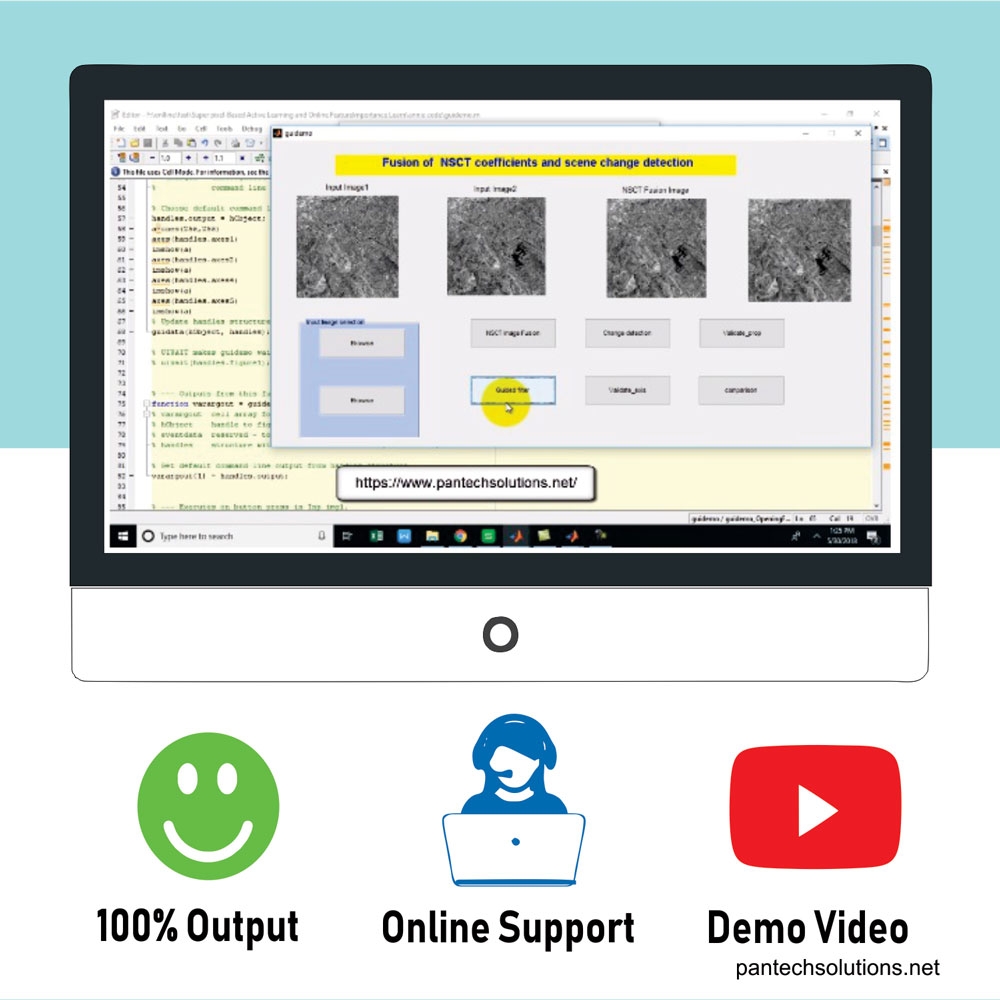
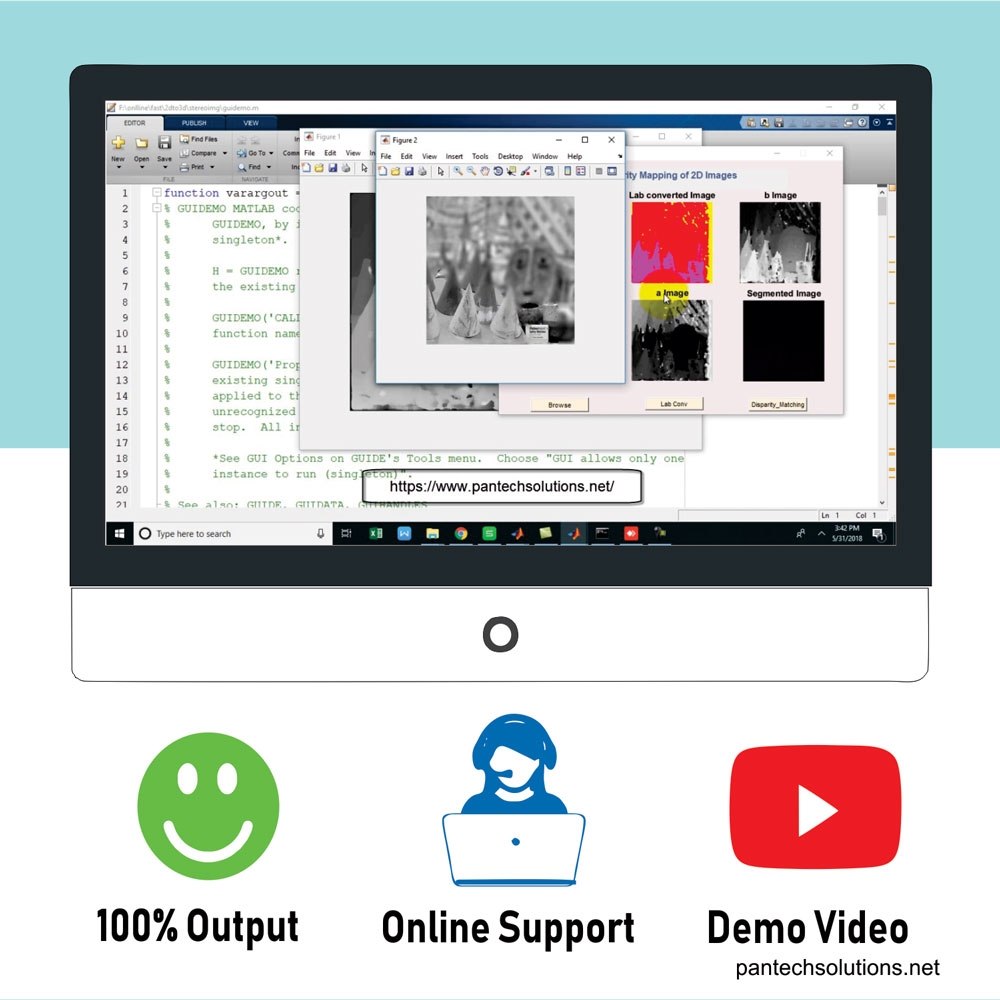
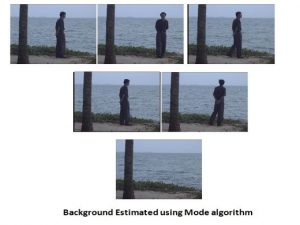
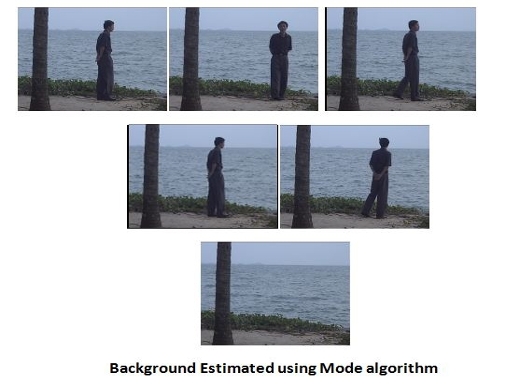

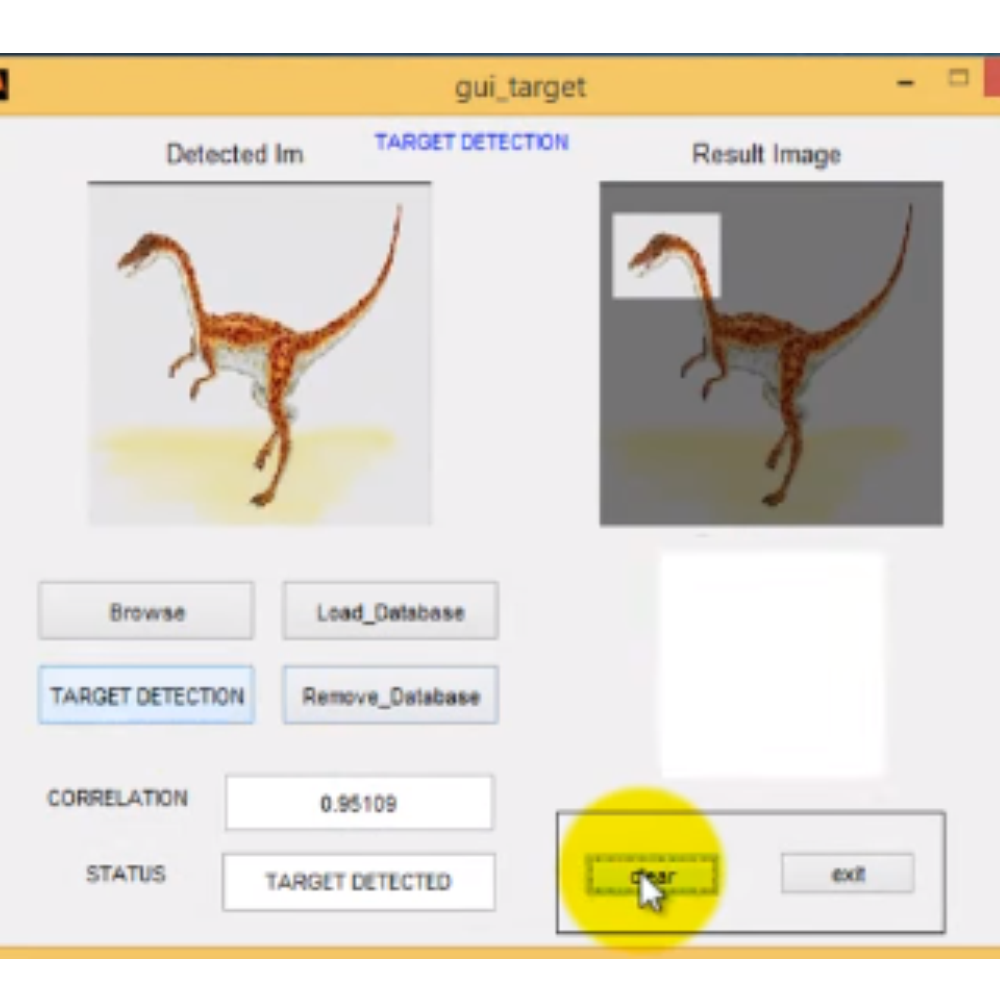
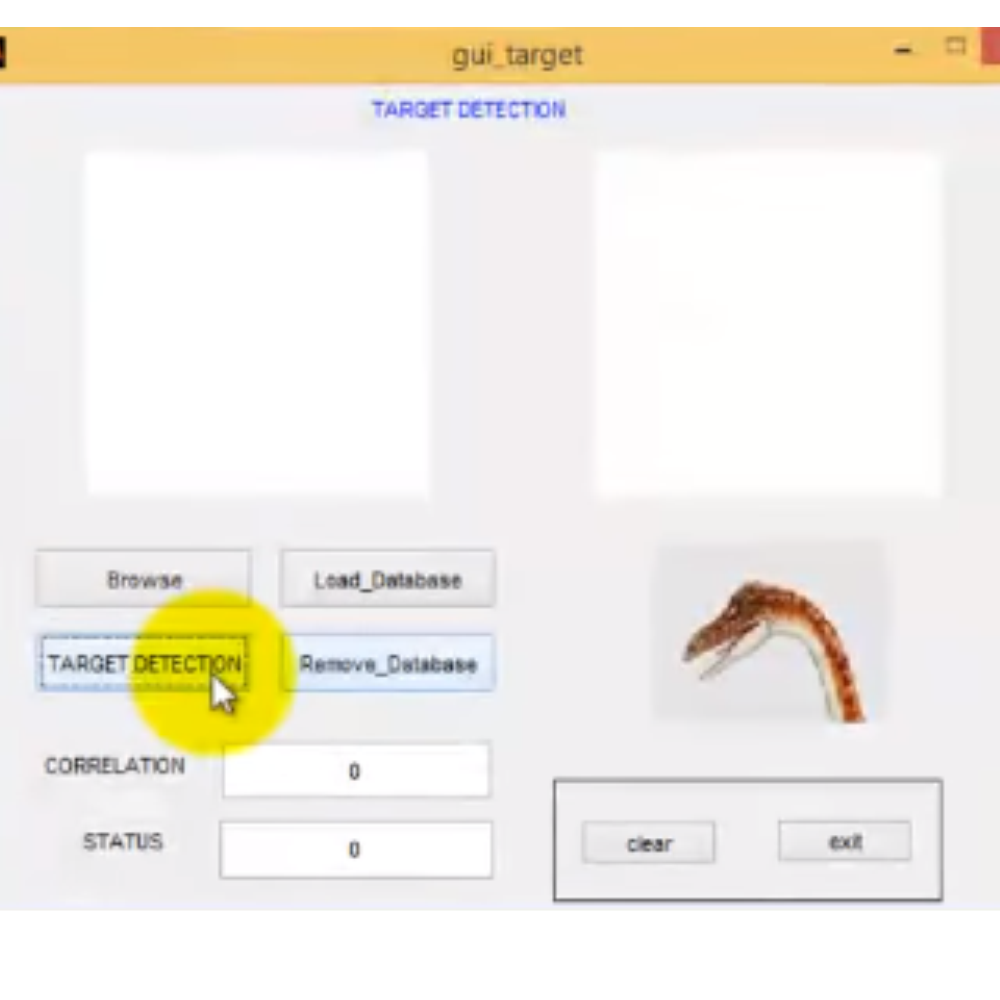
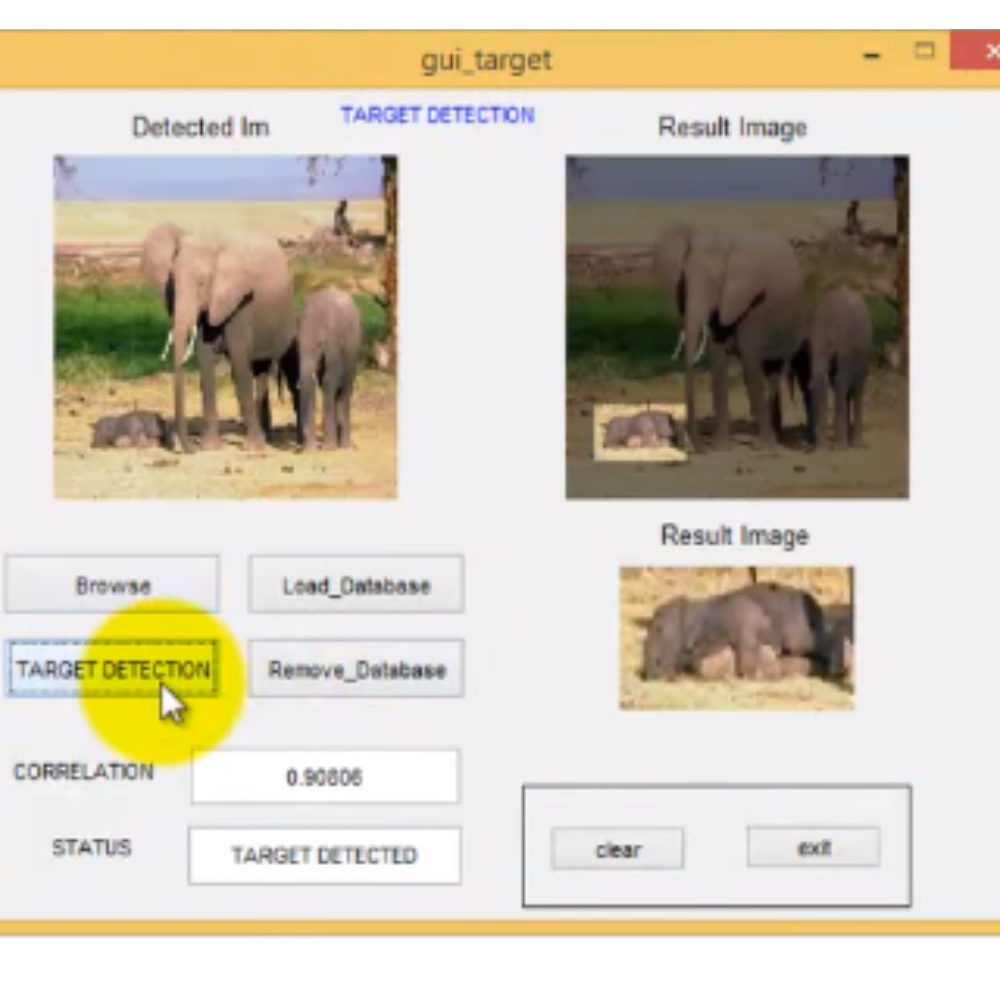
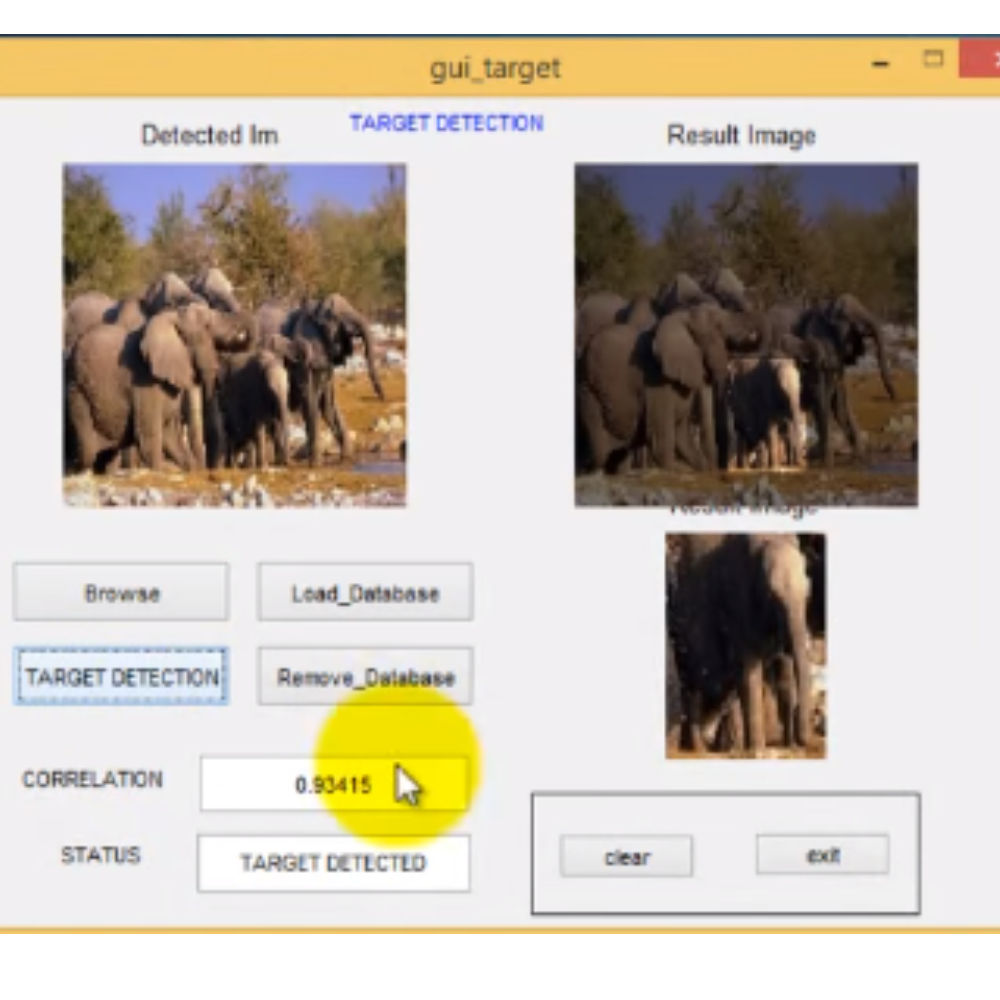
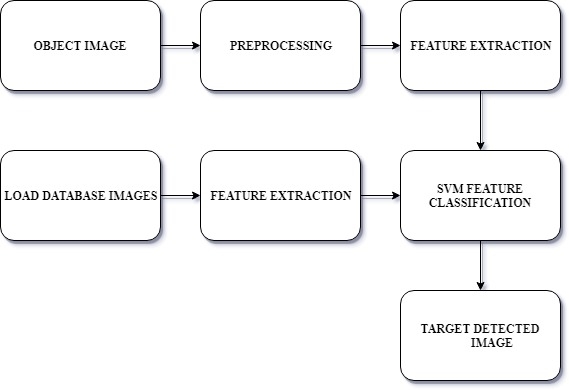
Reviews
There are no reviews yet.